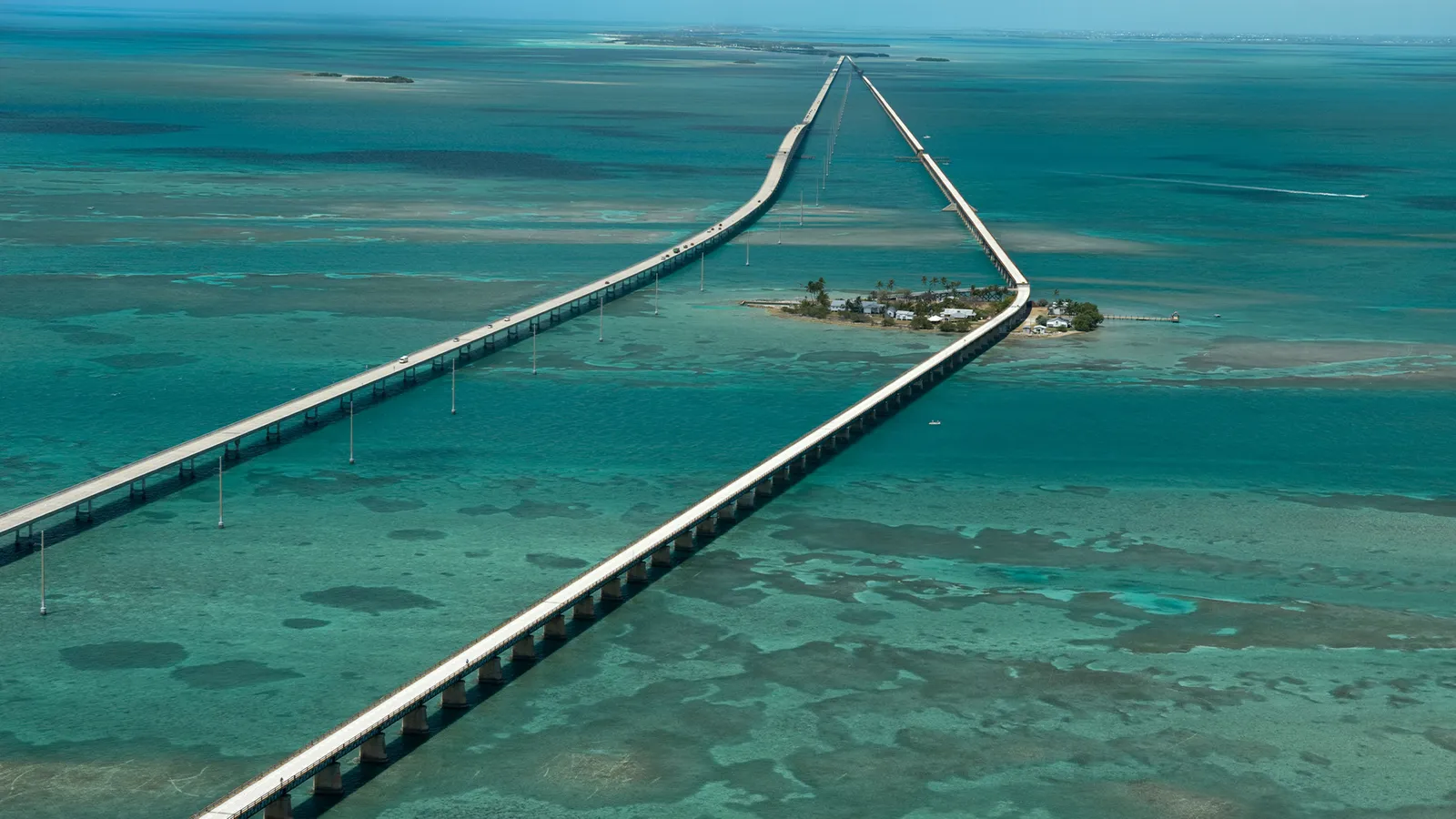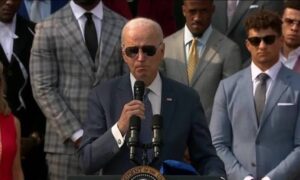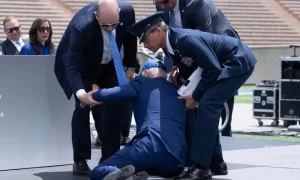This technical feat connected the remote Florida Keys to the mainland and altered Florida for all time by extending 113 miles into the open ocean.
seagulls cried above as I skimmed across miles of sparkling waters somewhere close to the Atlantic Sea and the Bay of Mexico. The sky softened into the greenish blue ocean, which became turquoise as it shallowed into channels between the coral and limestone islands. It was a scene of blue, reaching out as should have been obvious.
As I changed my shades, I witnessed a haze of development from the edge of my eye. A bottlenose dolphin! It had companions, and soon the unit played out an oceanic expressive dance, jumping in agile circular segments prior to diving once again into the waves. Fishing boats bounced sluggishly around me, and I had a desire to project a line, however it would have been difficult to do while driving at 50mph along a thruway.
Heading out from Miami to the island of Key West, Florida, hasn’t forever been the lighthearted drive it is today. In the early piece of the twentieth 100 years, the best way to make the excursion toward the southernmost point in the mainland US was a day-long boat ride, and that was subject to climate and tides. However, because of a shocking designing wonder known as the Abroad Parkway that extends 113 miles from the central area’s southern tip across 44 tropical islands on 42 extensions, I was apparently drifting across a jewelry of mangrove woodlands and cays as I headed to where North America and the Caribbean meet.
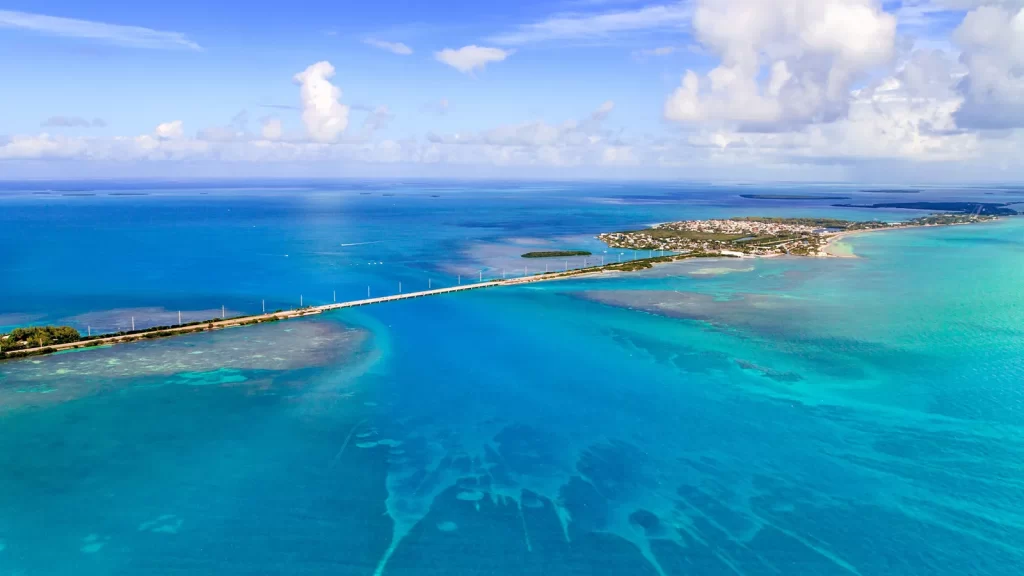
The Abroad Parkway really began as the Once again Ocean Railroad, and it was the brainchild of visionary engineer Henry Morrison Flagler (known as “The Dad of Current Florida”). In 1870, Flagler helped to establish the Standard Oil Organization close by industry icon John D Rockefeller, and it became one of the world’s biggest and most remarkable enterprises toward the start of the twentieth 100 years. In the wake of visiting Florida and perceiving “The Daylight State’s” travel industry potential, Flagler emptied a lot of his abundance into the locale, building extravagance resorts that changed one of the US’ most unfortunate states into a colder time of year heaven for Overlaid Age explorers from the Upper east US. However, it was basically impossible for visitors to get to Flagler’s extravagant yet remote retreats.
So in 1885, Flagler associated a progression of disconnected rail lines along Florida’s Atlantic Coast from Jacksonville, at Florida’s northern end, to Miami, close to the state’s southern tip. Miami ought to have been as far as it goes, however when the US started development on the Panama Trench in 1904, Flagler saw gigantic potential for Key West – the US’ nearest land parcel to the Waterway and the most profound port in the Southeast US. The clamoring center was at that point prospering thanks to the stogie, wiping and fishing ventures (Key West was Florida’s biggest city until 1900), yet the island’s distant area made it troublesome and costly to move products north.
Accordingly, Flagler chose to broaden his track 156 miles south to Key West, for the most part over untamed ocean. This alleged Key West Augmentation was viewed as unthinkable by quite a few people of his counterparts, and his vision was named “Flagler’s Imprudence” by his faultfinders. Somewhere in the range of 1905 and 1912, three tropical storms battered the building site, killing in excess of 100 laborers. Unfazed, Flagler pushed ahead. It required seven years; $50m ($1.56bn today); and 4,000 African American, Bahamian and European migrants to fabricate the railroad – every one of whom needed to fight with crocs, scorpions and snakes as they worked in brutal circumstances.
At the point when the railroad was at last finished in 1912, it was designated “the eighth marvel of the world”. On the train’s debut run, a wood-consuming train showed up at Key West from Miami conveying the then-82-year-old Flagler, who got out of his confidential extravagance carriage vehicle (which is visible at the Flagler Exhibition hall in Palm Ocean side) and purportedly murmured to a companion, “Presently I can bite the dust cheerful. My fantasy is satisfied.”
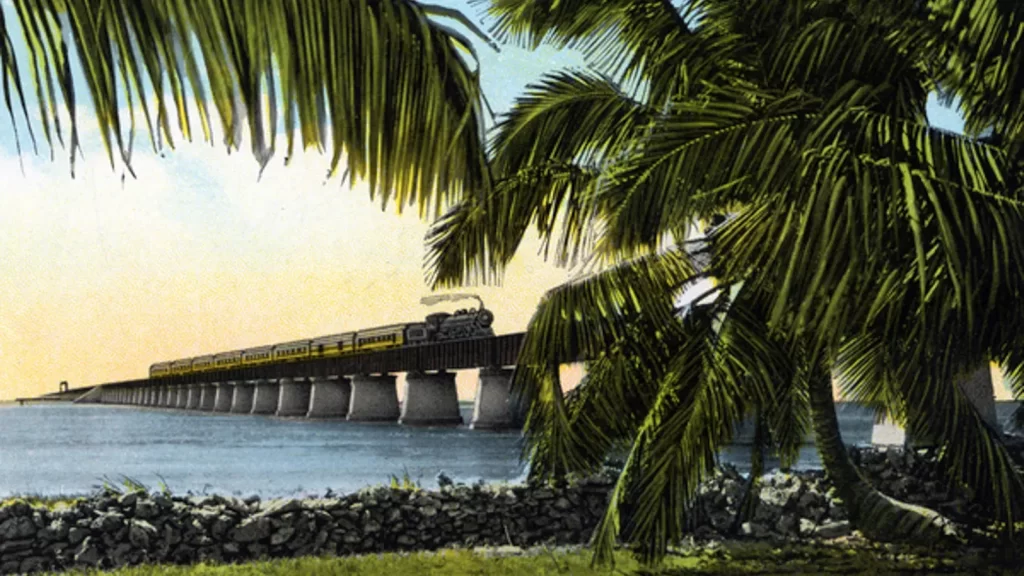
“The way that Flagler supported [more than $30m of this] with no one else’s help once upon a time was really exceptional,” said Florida history specialist Brad Bertelli. “Jeff Bezos or Bill Entryways could possibly do it today. Elon Musk with his SpaceX may be the best current correlation.”
The railroad worked until 1935, when the deadliest storm in a century cleared away miles of tracks. Rather than being remade, Flagler’s show stopper was resurrected to oblige Americans’ freshly discovered love of autos. In 1938, the US government set off on a mission to develop one of the longest overwater streets on the planet by depending on Flagler’s apparently indestructible scaffolds, which could endure 200mph breezes. Teams cleared over the rails to oblige vehicles, and the recently opened Abroad Interstate everlastingly changed the distant Keys into the flourishing vacationer location they are today.
Over hundred years after the railroad’s culmination, 20 of the first scaffolds actually convey voyagers from Miami to Key West. You can make the drive in less than four hours, however bypassing en route is essential for the good times. A progression of interesting, inconspicuous stops assists travelers with better valuing how this designing wonder became, and its enduring effect on the Florida Keys.
69 miles south of Miami, Key Largo is the northernmost of the Florida Keys and incredible first stop. Gators, snakes and other water-bound critters might have scared Flagler’s development groups, however nowadays, explorers come to Scratch Largo (oneself broadcasted “plunge capital of the world”) to wonder about its bountiful marine life. The Florida Keys Public Marine Safe-haven abutting John Pennekamp Coral Reef State Park draws in swimmers and jumpers anxious to drench themselves in North America’s just living coral boundary reef. The seagrass beds here give a basic territory to fish, manatees and ocean turtles, yet the fundamental fascination is swimming into the outstretched arms of Christ of the Profound, a lowered 9ft-tall bronze sculpture of Jesus that has been watching over guests starting around 1965.
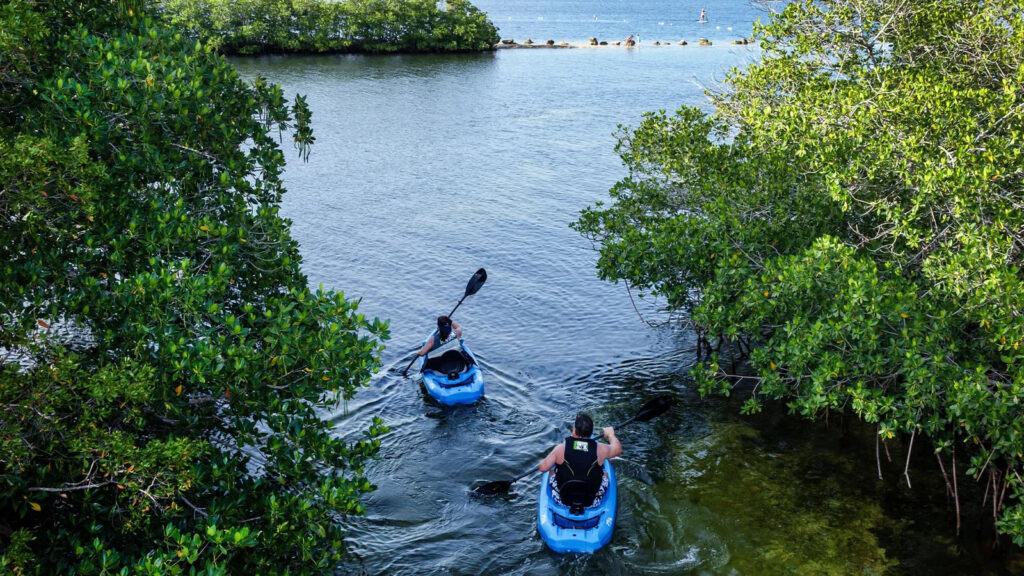
Whenever you’ve gotten dry, go to Islamorada, a local area somewhere between Miami and Key West that was once the site of an Over-Ocean Railroad station. Here, at the Keys History and Disclosure Center, a 35-minute narrative features the railroad’s development and its numerous snags. The gallery likewise presents relics from the train’s brilliant time, including eating vehicle dishes, as well as a unique menu showing that a sirloin steak cost $1.60.
From 1908 to 1912, around 400 specialists lived in a camp at Pigeon Key, a minuscule coral island found 35 miles south of Islamorada, while developing the most difficult part of the Over-Ocean Railroad: the well known Seven Mile Scaffold (casually called the Old Seven) that associated the Center and Lower Keys.

